Navigation
- Thoroughly Inspect the Frame and Joinery
- Evaluate the Durability of Upholstery Fabrics
- Evaluate Padding Density and Materials
- Test Structure and Durability Thoroughly
- Evaluate Brand Reputation and Warranties
- Watch For Questionable Sales Tactics and Displays
- Conclusion
Purchasing new upholstered furniture is an important investment that requires careful evaluation to determine quality and potential longevity. With some knowledge of what to look for in construction, materials, and craftsmanship, you can identify both durable, high-quality pieces as well as lower-quality items that are unlikely to withstand the test of time and use.
Thoroughly Inspect the Frame and Joinery
The foundation of a sofa or chair is the internal wooden frame, so this is a key area to inspect closely. Run your hands along the edges and underside to feel for solid hardwood frames made from oak, maple, or other dense woods. Sturdy hardwood frames can last for decades, while softwoods like pine are prone to cracking and breaking down faster. Another suitable option is an HDF composite board made by compressing wood fibers with adhesives into boards that are dense and endure wear well.
Cheaper frames may be made from particleboard or plastic materials that can easily flex and snap when weight is applied over time. Apply downward pressure with your hand in several places, checking for any creaking or movement that indicates poor stability in the frame.
Also, examine how the joints are constructed where frame pieces meet together. Durable sofas and chairs will have frames with joints secured by screws, dowels, corner blocks, or interlocking joinery. This prevents the joints from loosening even when bearing weight for extended periods. Avoid furniture with simple glue joints that are more likely to detach and compromise the structure.
Look closely at the legs and base of the furniture. Legs should be firmly attached to the frame with secure metal fasteners, corner blocks, or fitted joints, not just glued on. Excess wobble indicates legs that could detach readily.

Evaluate the Durability of Upholstery Fabrics
While aesthetics often draw you to a particular fabric, take time to analyze its durability and quality, too. Run your hands over the upholstery, checking for a tightly woven texture and substantial hand feel. Flimsier fabrics with visible loose weave and threadwork likely won't endure abrasion and pilling over time.
Look closely at how seams and edges are finished. High-quality upholstery will have reinforced double stitching for added strength rather than simply single-stitched seams prone to unraveling. Examine piping edges for secure seam coverage with no gaps or fraying.
Check the strength of the zippers by pulling the slides to ensure smooth operation without catch or separation. Inspect buttons, flaps, and any ties to confirm that the attachments are sturdy without loose stitches or gaps around the edges.
Sit and run your hands over areas prone to wear, like armrests and cushions. Look for early signs of pilling, pulling, or thinning fabric that signal lower quality. Testing upholstery performance before purchase helps avoid future irritation of loose threads and deteriorating fabric.
Evaluate Padding Density and Materials
The quality of padding materials inside cushions greatly affects softness, support, and durability over time. Press down firmly on cushions, checking that adequate padded thickness has been used for comfort and avoidance of hard areas. Pay attention to how quickly padding compresses - better quality foam and down fill will be more resilient to regain shape versus flattening out.
Push your hand deeper into the cushions, feeling for even distribution of stuffing. Lumps, gaps, or inconsistencies in the padding signal cheaper materials prone to uneven breakdown. Higher-end furniture may use premium down or quality foam that maintains cushion plumpness and comfort for years of use. Many cheaper pieces cut costs by using insufficient, low-grade polyfill padding that compacts permanently.
Also, consider whether the cushion fill allows airflow to avoid trapping body heat. Breathable, resilient cushion materials prevent moisture buildup and mildew issues.

Test Structure and Durability Thoroughly
Don't be afraid to rigorously test furniture by flexing frames, bouncing on cushions, and checking for squeaks or movements. Sit and stand forcefully on sofas and chairs to ensure sturdy construction without creaks or signs of needed reinforcement.
Listen for any sounds of wood cracking or upholstery tearing during your tests, which indicate structural weaknesses and potential early failure points. If cushions shift significantly when you sit or move, it likely signals upholstery seams weren't securely attached to the frame during manufacturing.
Check that chair and sofa legs are stable without tilting or swaying, which could lead to collapse or tipping. Carefully examine floor models for any damage like splintering wood, dents, or staining as a gauge of durability weaknesses. While you don't want to actually break display models, reasonable structural testing helps inform quality.
Evaluate Brand Reputation and Warranties
While price alone doesn't define true quality, it can reflect higher grades of materials and workmanship used. Weigh the construction, fabrics, and features versus cost when judging value. Research the manufacturer's reputation for typical quality and customer satisfaction over years of production.
Established brands known for artisan craftsmanship often charge more but deliver exceptional longevity and performance. Custom upholstery shops able to provide client references frequently indicate higher standards of tailored work.
Also, consider warranties as an indicator of the brand's confidence and protection offered. Many high-end brands provide at least year-long warranties covering manufacturing defects. By the way, you can enjoy at least one year warranty at Chitaliving. Compare coverage terms as shorter or more limited warranties tend to signal lower quality.
Watch For Questionable Sales Tactics and Displays
Inspect floor models closely for signs of dubious quality like fabric pilling, uneven fading, or misshapen cushions. Displays with a shabby appearance or wear after brief use may indicate poor production. Sales staff urging you to purchase show models as-is could be hiding flaws.
Reputable retailers confident in their quality allow and encourage shoppers to rigorously inspect and test furnishings prior to purchase. Be wary of any high-pressure sales tactics aimed at hurrying you through the decision process without thorough examination. Scrutinize both the construction and seller approach when determining the best quality furniture for your investment.

Conclusion
Identifying durability, integrity of construction, and quality materials in sofas, chairs, and other upholstered furniture takes time and discernment. Carefully inspect frames, fabric, padding, joinery, and hardware while also testing sturdiness before purchase. Research brand reputation and consider offered warranties for greater confidence in long-term performance. Applying these tips helps ensure your new furniture purchase will withstand years of use and still look great.
Read More
- Tips for Mixing Wood and Fabric for a Cohesive Interior | Chita Living – CHITA LIVING
- Eco-Friendly Furniture: How to Make Sustainable Choices for Earth Day and Beyond – CHITA LIVING
- How to Clean and Care for Your Fabric Sofas – CHITA LIVING
- Tips for Choosing the Right Mid-Century Modern Furniture for Your Living Room – CHITA LIVING
- Comparisons Between Sectional and Modular Sofas: Key Considerations fo – CHITA LIVING
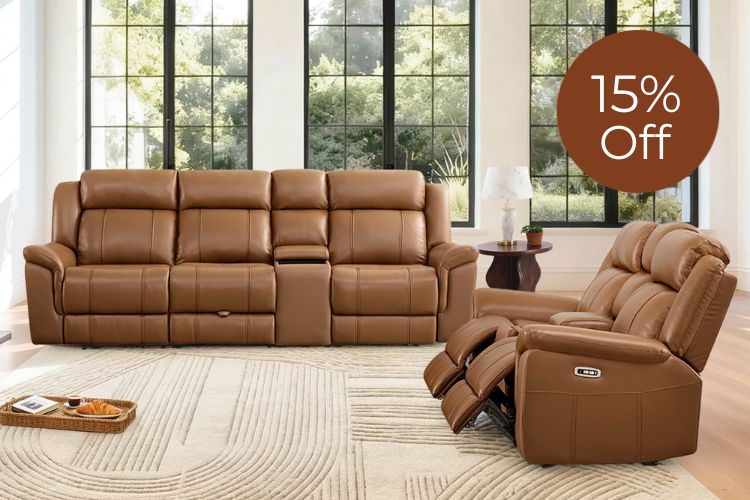

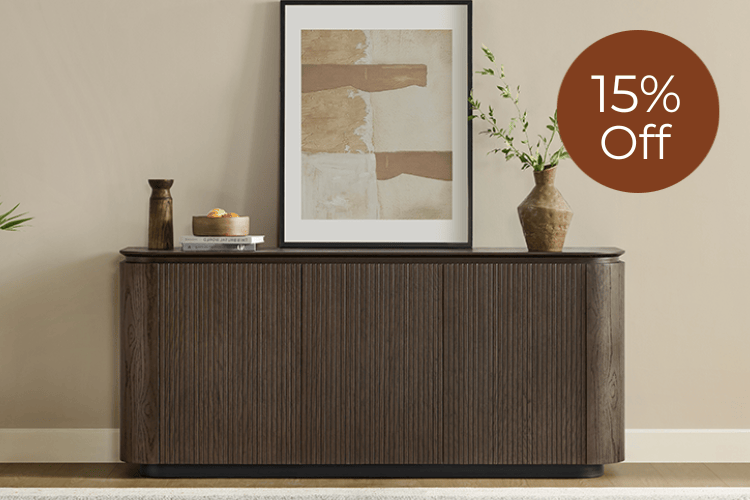
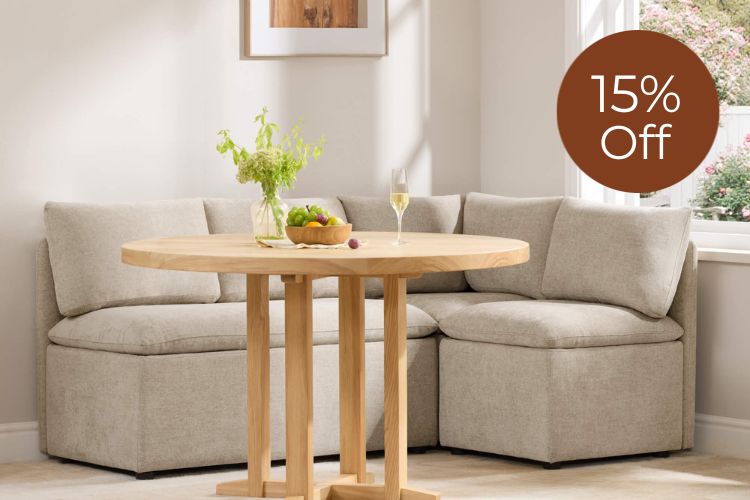
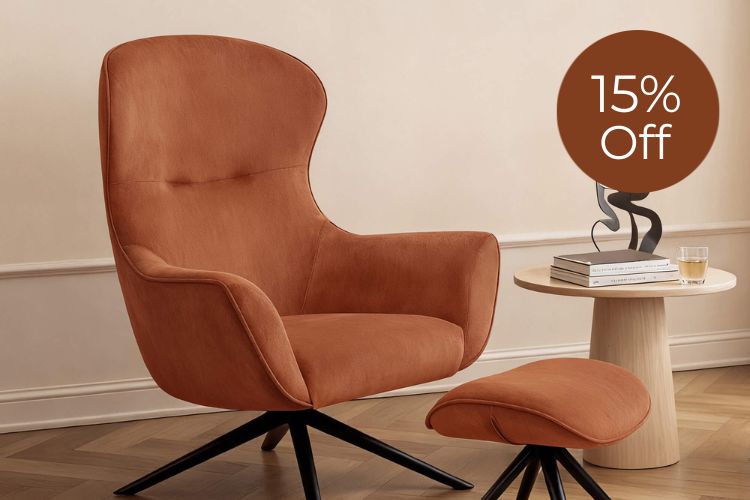
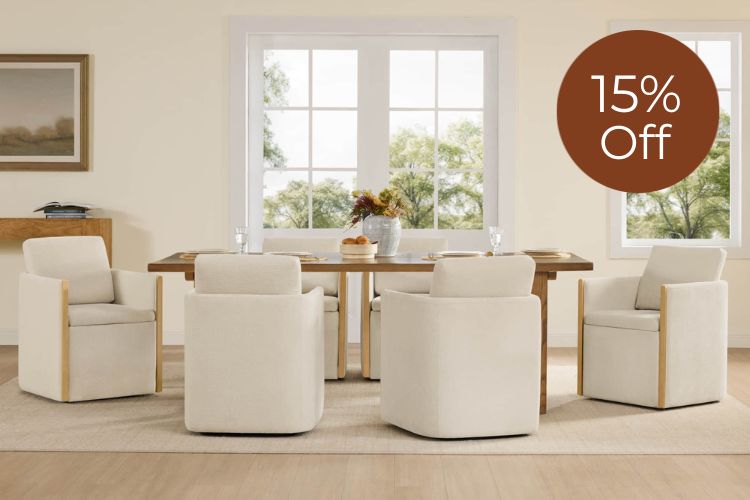
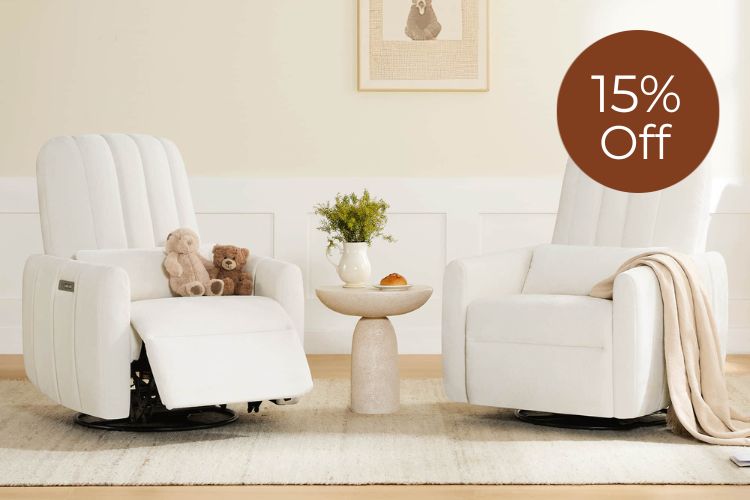
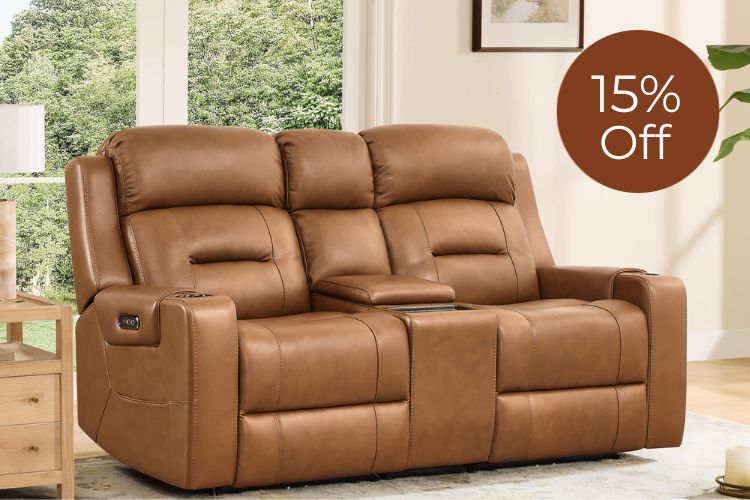


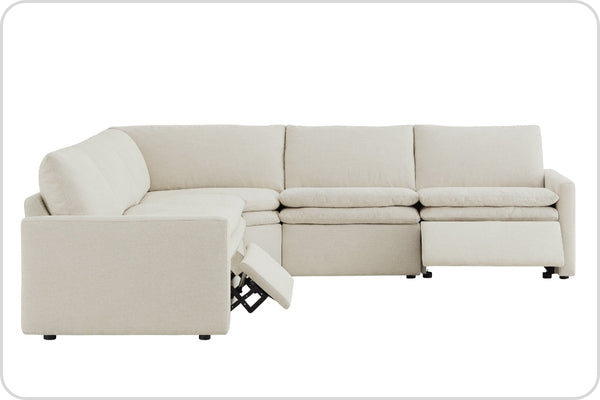




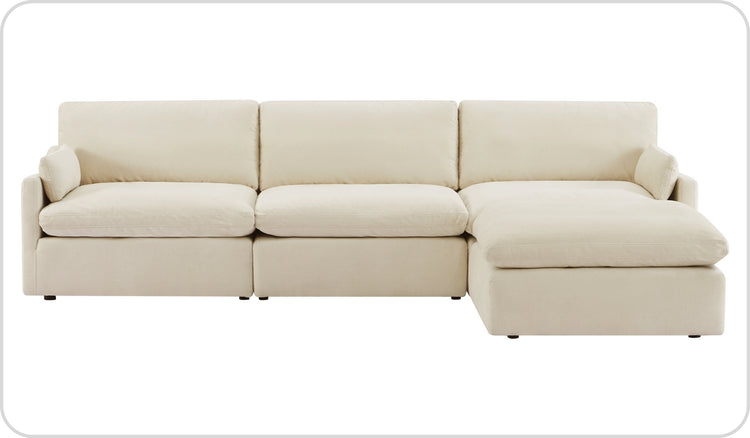

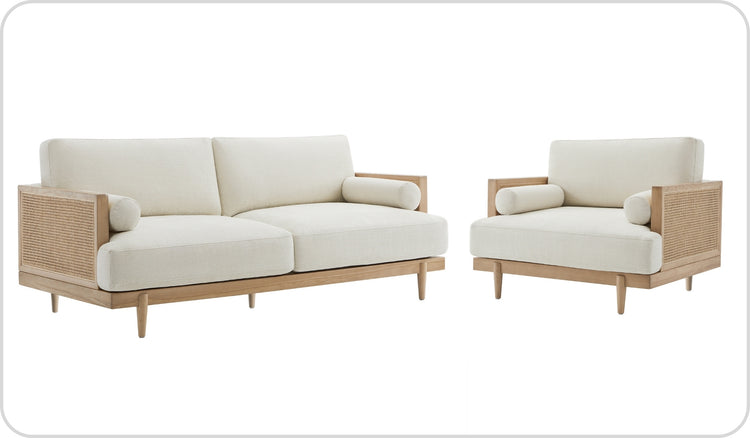




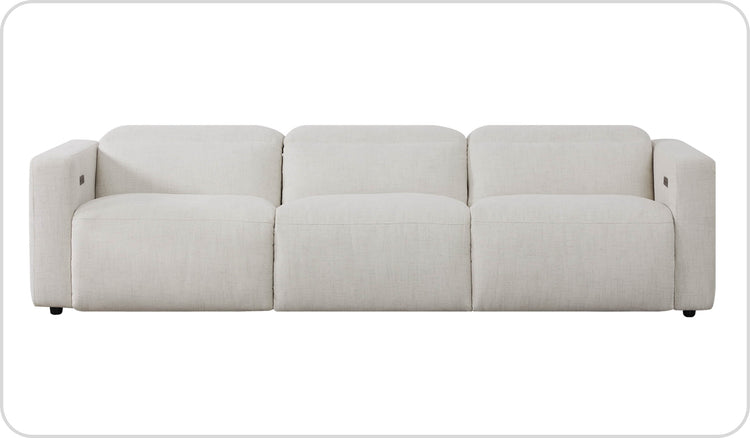


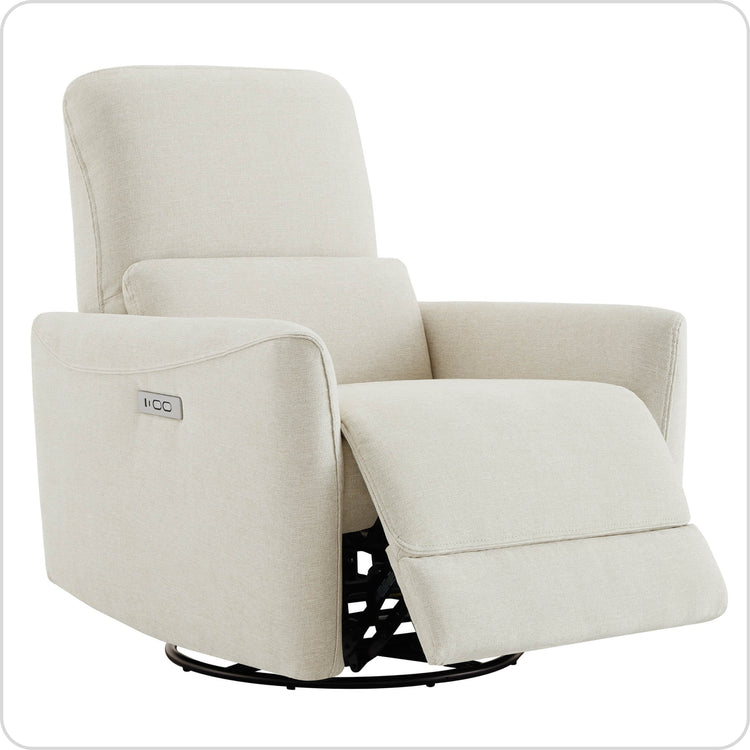
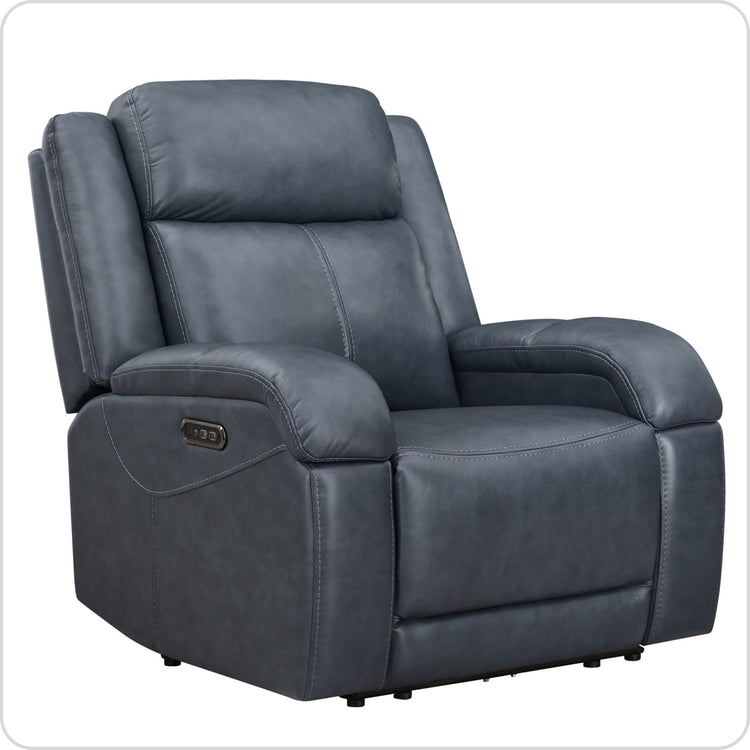
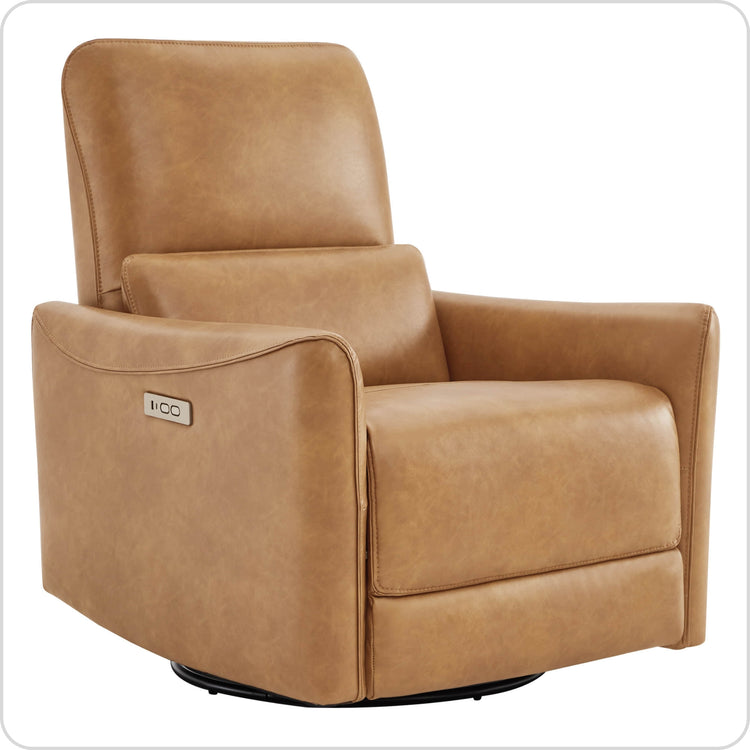



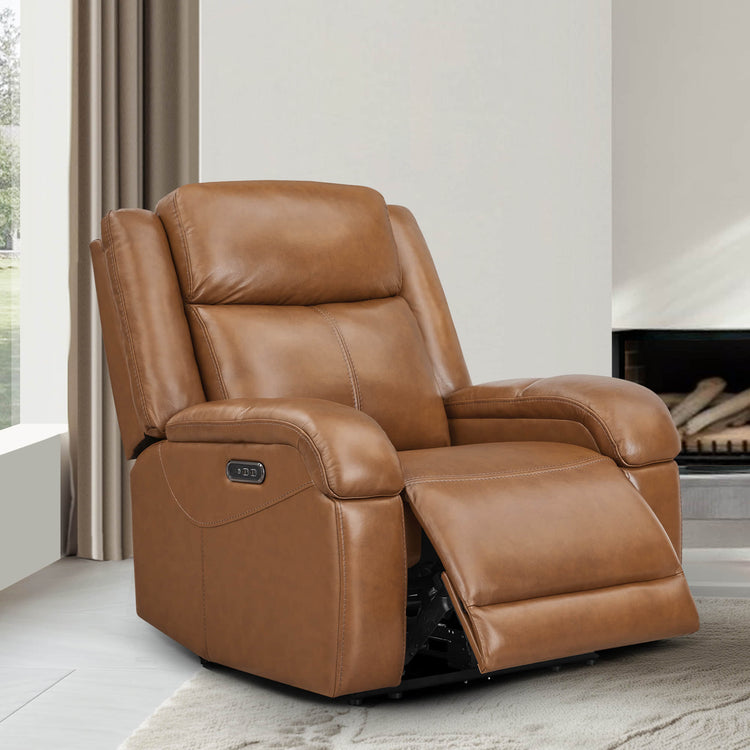

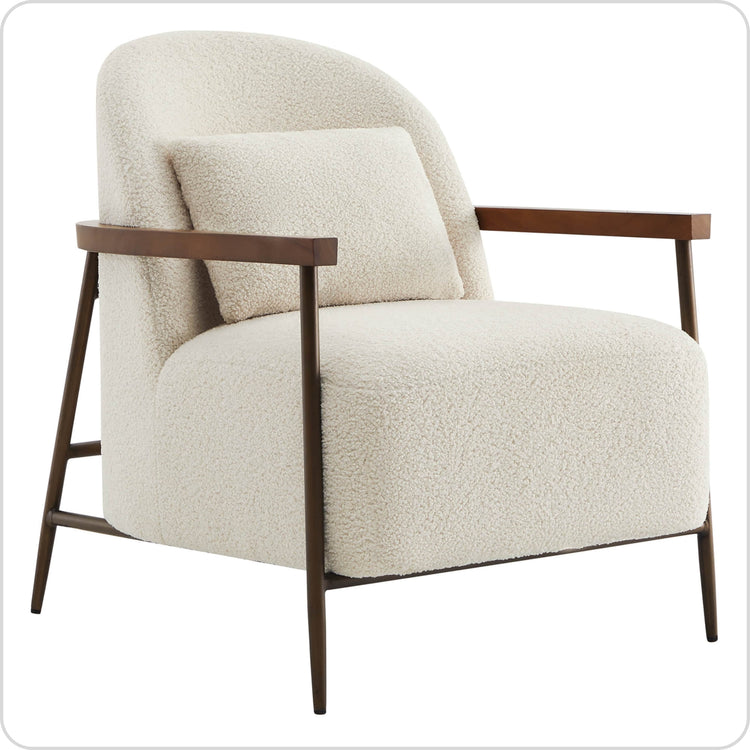
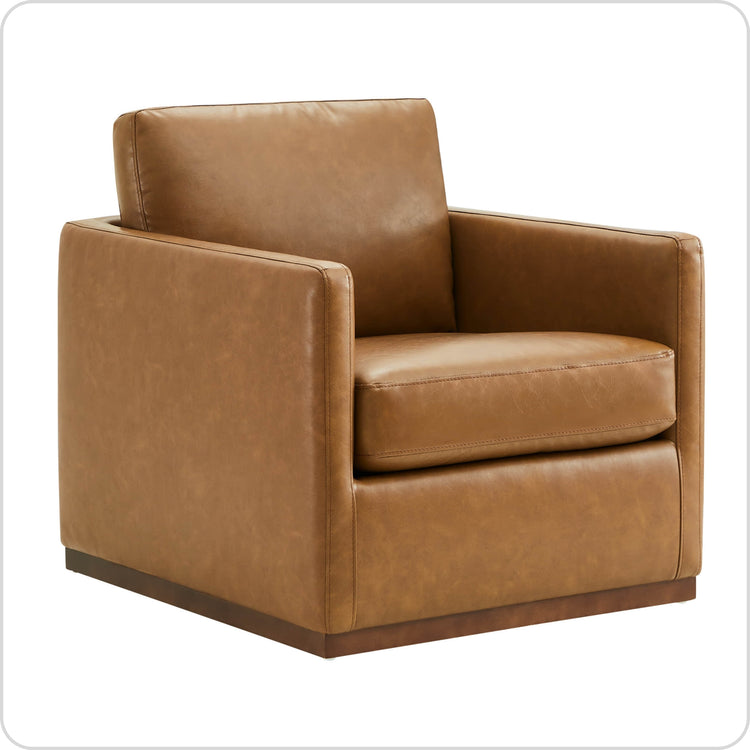

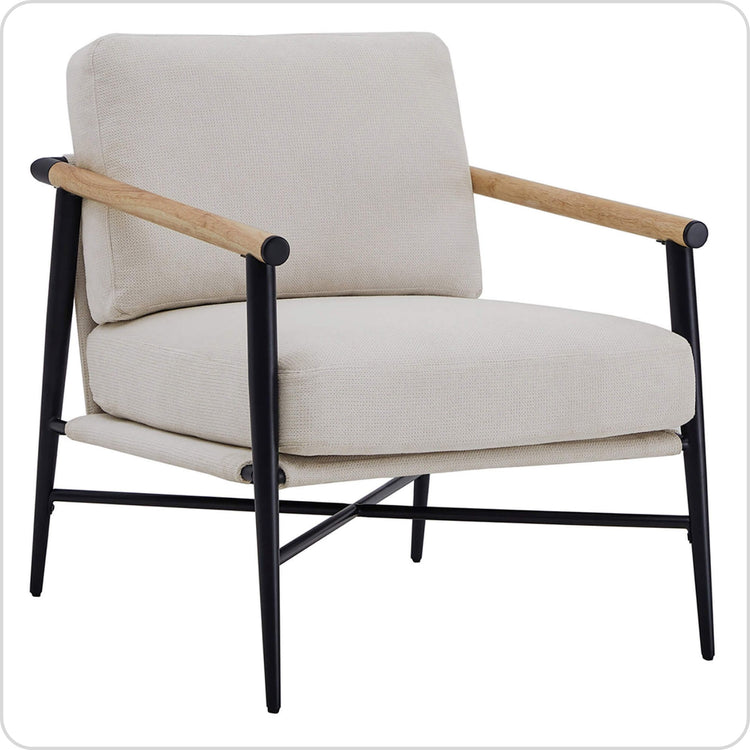
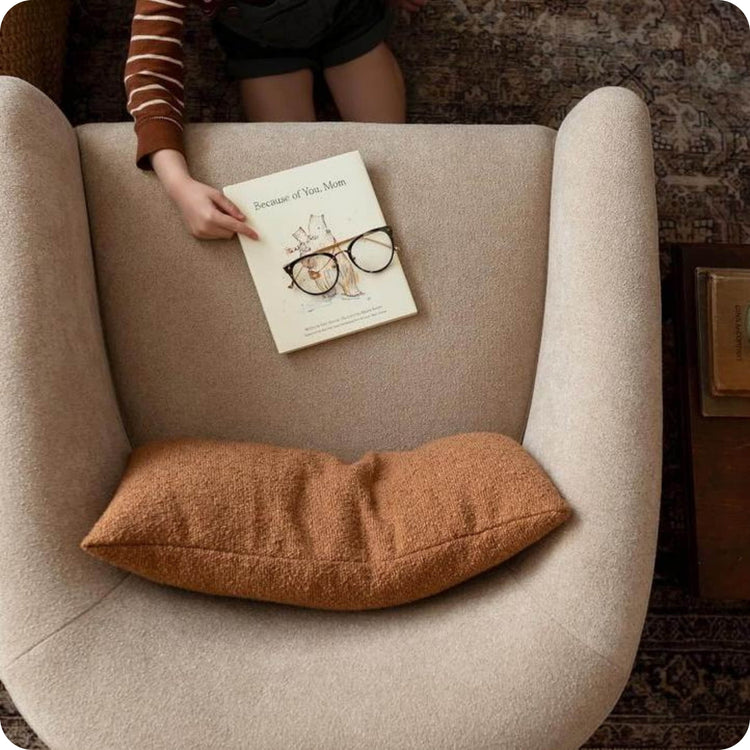
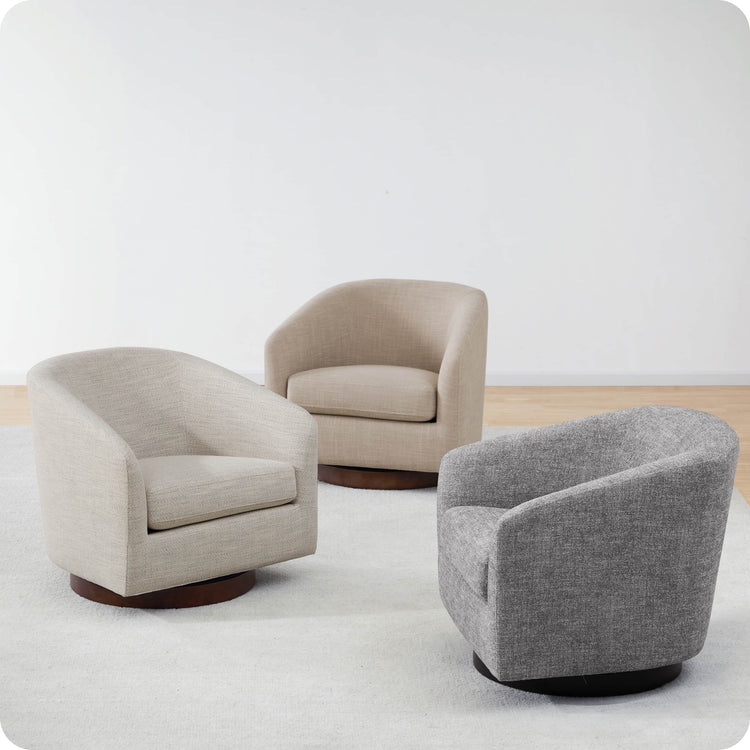



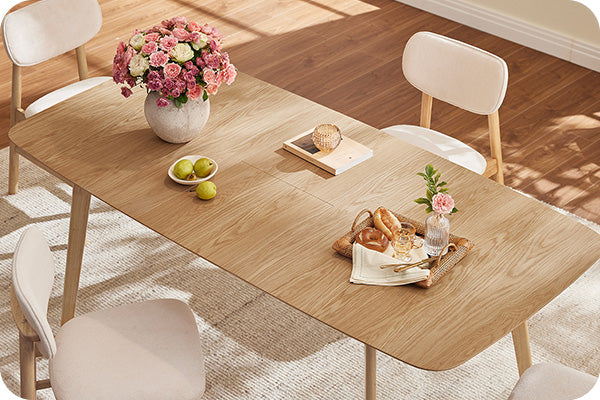

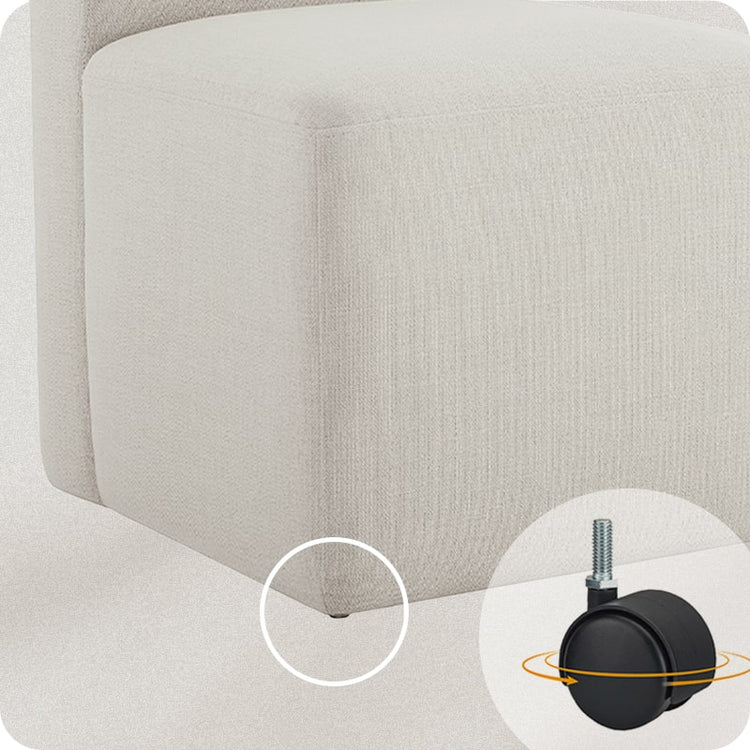
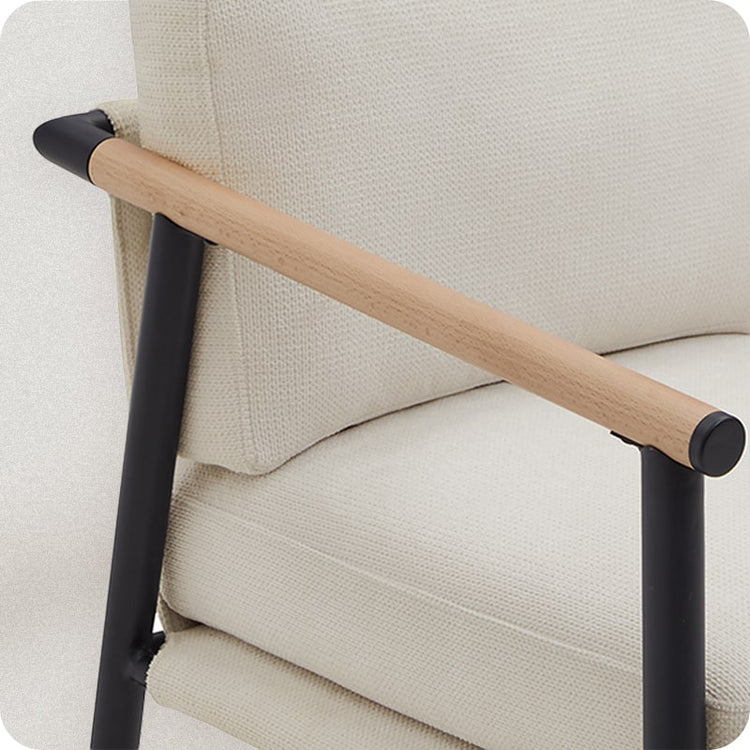

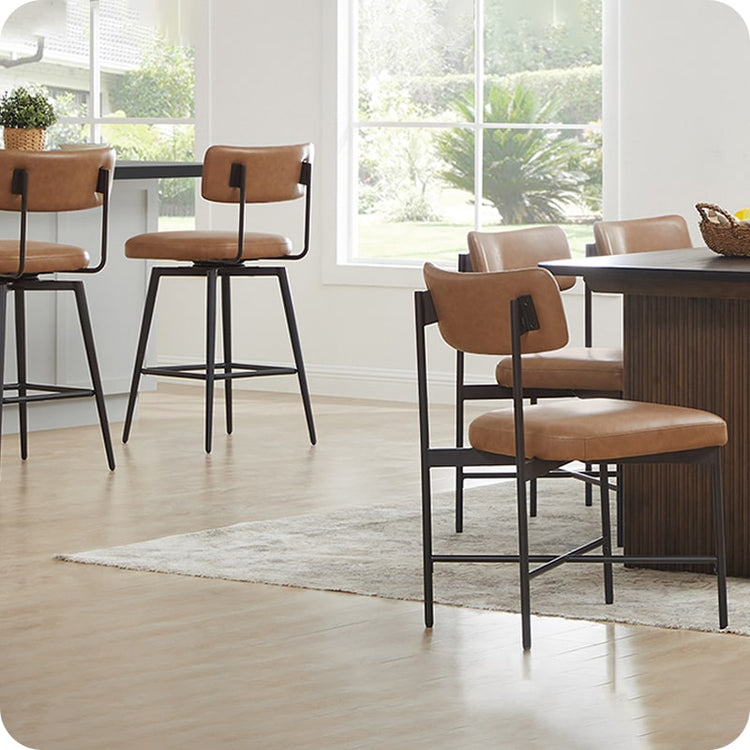
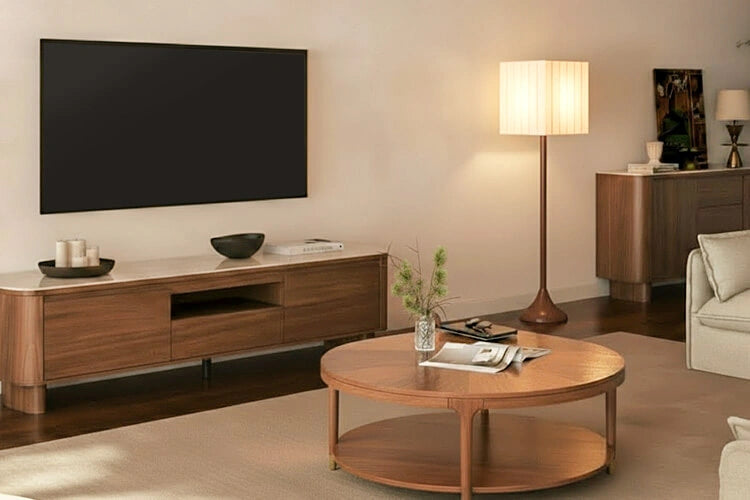
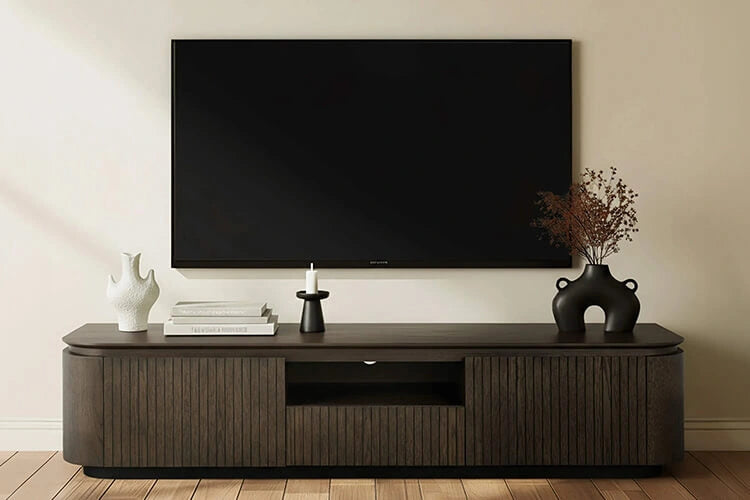
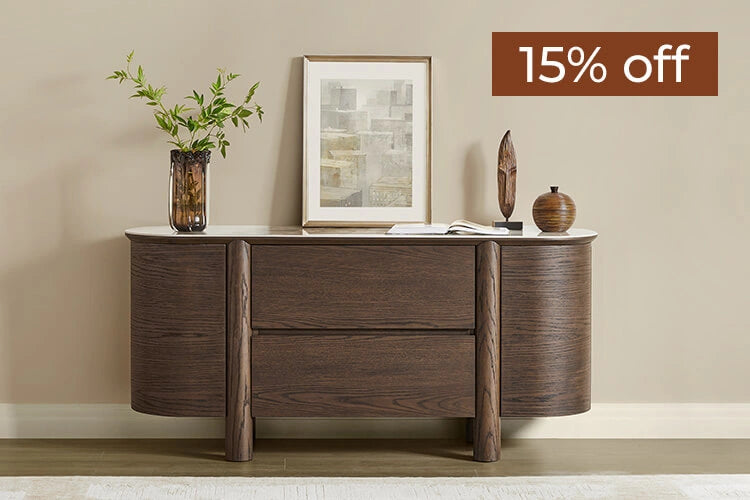


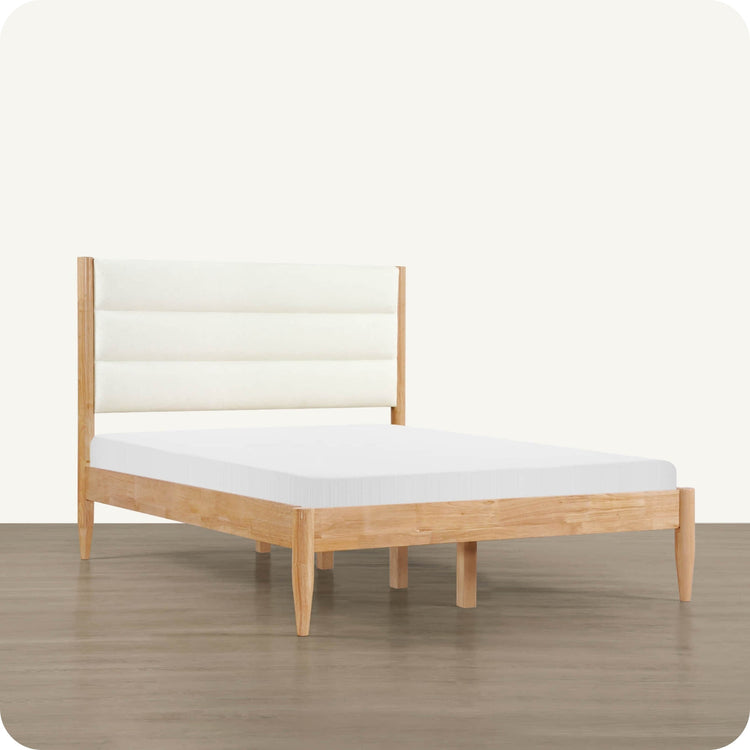

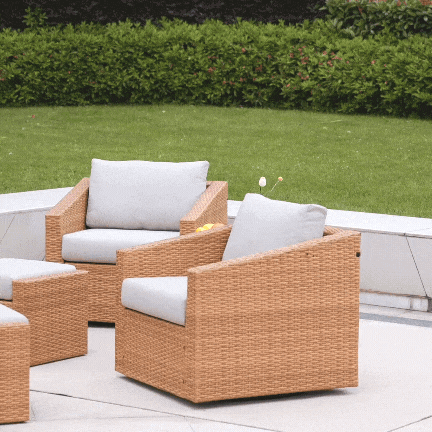
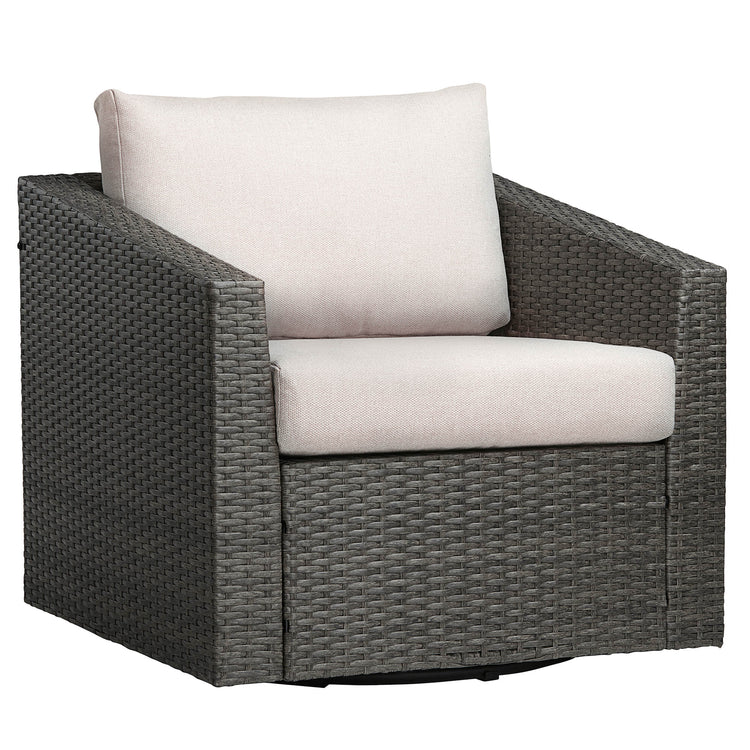

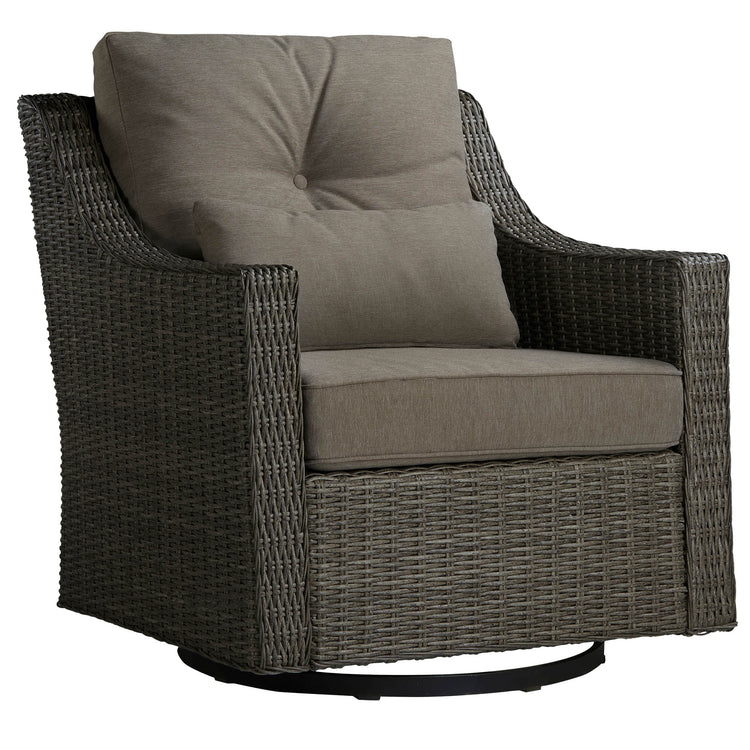

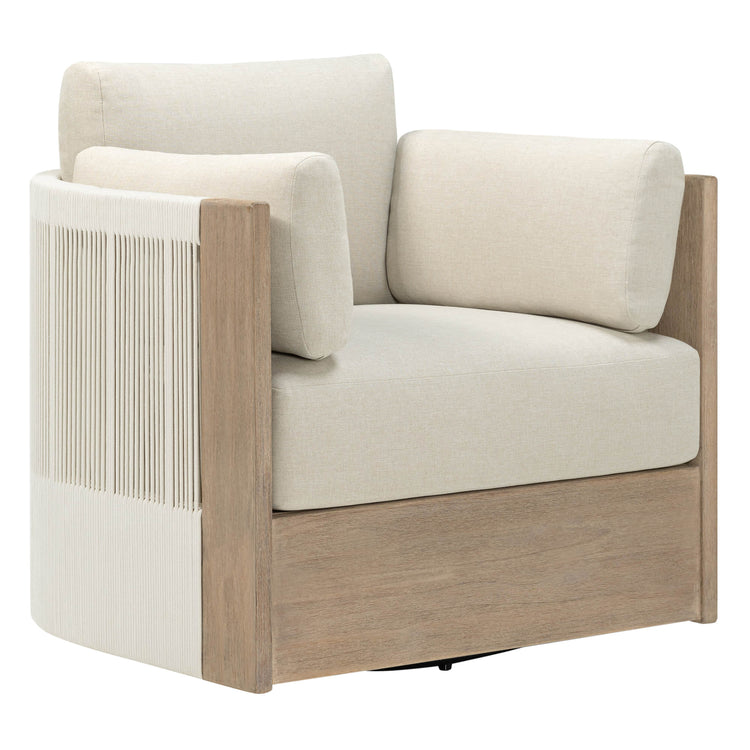







1 comment